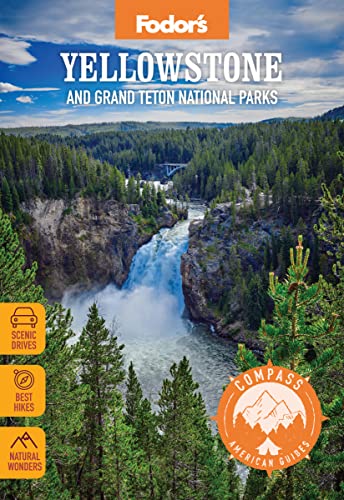On the Trail of Lewis and Clark
America’s greatest adventure began with the stroke of a pen, when in 1803 President Thomas Jefferson purchased the vast Louisiana Territory from cash-strapped France, effectively doubling the size of the United States. The land, stretching from the Gulf of Mexico to Canada and from the Mississippi River to the Rockies, was unmapped and virtually unknown to outsiders.
To understand what his $16 million had bought, Jefferson appointed a secret "Corps of Discovery" to venture west, make contact with native peoples, chart the landscape, and observe the growing British presence in the Pacific Northwest. The group would be headed by Jefferson’s personal secretary, Meriwether Lewis, and another intrepid explorer, William Clark.
Time in Montana
On May 14, 1804, Lewis and Clark set out from St. Louis on their expedition with a party of 45 seasoned soldiers, scouts, interpreters, and others, poling up the Missouri River in well-stocked flatboats and keelboats. After wintering with the Mandans in North Dakota, the corps continued upriver in canoes and keelboats as soon as ice jams had cleared the waterway.
They entered what is now Montana on April 27, 1805, and followed the Missouri to its Montana headwaters—the confluence of the Jefferson, Madison, and Gallatin rivers. After they reached the Continental Divide, Shoshone Indians helped them cross the Rockies. The party then followed the Snake, Clearwater, and Columbia rivers, reaching the Pacific Ocean that fall.
On the return trip, the expedition split into two groups in Montana and explored several rivers, including the Yellowstone. The explorers arrived back in St. Louis on September 23, 1806, having traveled more than 8,000 miles. They had spent more than a quarter of their time in Montana, where much of the land they observed remains unchanged today.
Following in Their Footsteps
If you want to trace Lewis and Clark’s path, the best place to start is the Lewis and Clark National Historic Trail Interpretive Center in Great Falls, where the 200-year-old adventure unfolds before you. Nearby Giant Springs State Park marks the place where Clark discovered a large fountain or spring during an 18-mile portage around a series of waterfalls.
Missouri Headwaters State Park near Three Forks preserves the spot where the explorers traced the river to its origin. The Lolo Pass Visitor Center, on U.S. 12 at the Montana-Idaho border, also interprets the expedition.
Another way to connect with Lewis and Clark history is a boat tour on the Mighty Mo. Several operators offer tours at Gates of the Mountains, north of Helena off I–15, and also at the White Cliffs area of the Upper Missouri National Wild and Scenic River below Fort Benton. A canoe rental and shuttle service on the Missouri near Loma gives you a self-guided option. And look for Lewis and Clark Trail signs along state, U.S., and interstate highways that follow the expedition’s route.




